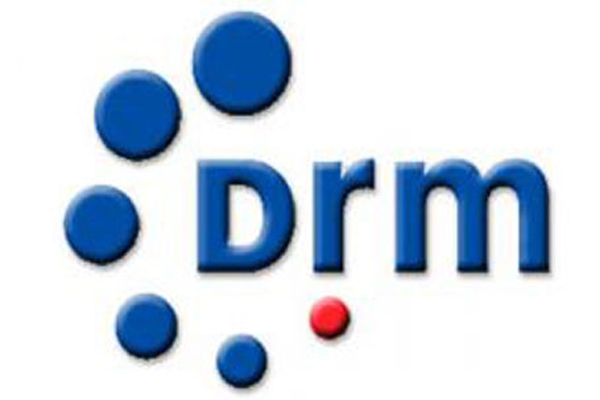MUMBAI: In the South Asian continent, apart from India, there is not much happening when it comes to analog to digital airwave transition. Now the Digital Radio Mondiale Consortium (DRM) has decided to turn its attention towards India until the whole of All India Radio (AIR) is digitised. But there is another reason why the DRM is focused solely on India.
Digital Radio Mondiale vice chairman Alexander Zink said, “We are having numerous activities around the South East Asian continent but we are focussing our energy on India. This is because India is perfectly situated and radio has a very dominate role today here. A huge part of the population is dependent on radio alone. After digitisation, they need proper receivers to remain connected through the radio. So we are doing various activities in order to raise awareness about it.” This year DRM reached out to broadcasters by participating in two important sessions held by Confederation of Indian Industry (CII) and Federation of Indian Chambers of Commerce and Industry (FICCI) Frames 2014.
The major problem for the DRM will be getting on board manufacturer who could provide cheap receivers and drive growth of these receivers. Indian Chapter of DRM Consortium chairman Yogendra Pal said, “Today, look at the price of analog receivers; we are hoping prices will decrease for digital receivers as well. We are working with all the manufacturers for the same.”
Zink highlighted that these receivers will not only be limited to India but will be incorporated by other countries that are using digital technology. “These receivers will be useful not just for India but also countries based in Asian, African and European continents. They are waiting for the receivers produced in India.” Under the 11th Five Year Plan, 72 transmitters with high power should be digitised. This will help AIR cover 70 per cent of the Indian population.
The Consortium has not received major demand from private players that cover metropolitan cities, Tier II and Tier III cites. With Phase III these players will be spreading to an additional 839 channels across 294 cities and which would be an ideal time for the Consortium to growing create awareness about technology amongst the private players. Zink pointed, “There is no request from the private players and that is the challenge and the task to get them on board.”
He also stated that the lessons the Consortium learnt have been implemented in India in the best possible way. He believes that in order to succeed in getting the digital plan running it is very important for local manufacturers and retailers to be encouraged and informed.
